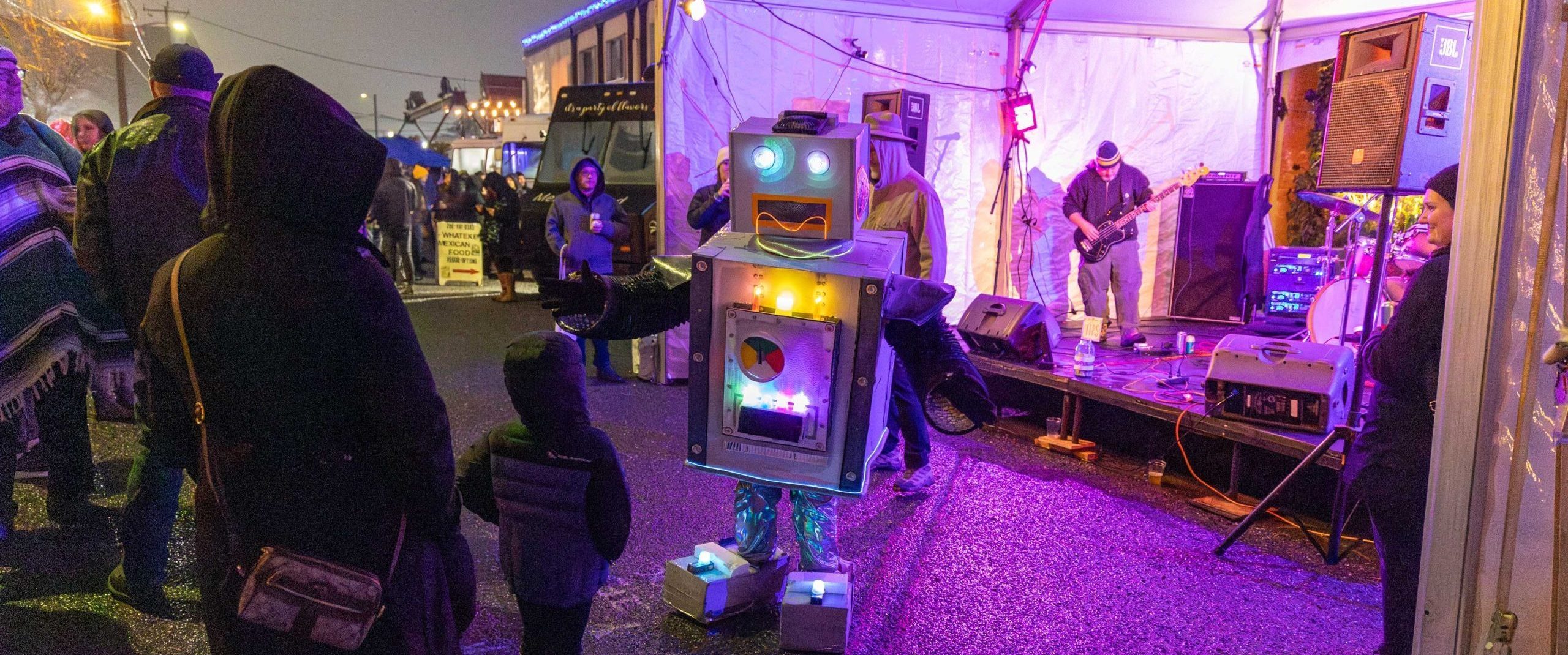Equinox Studios in Georgetown: A thriving arts community designed to last
By Sandi Doughton, Excerpt from Pacific NW magazine
THE TYPICAL TRAJECTORY for an urban arts community goes something like this: A couple of creative types set up shop in a neighborhood bypassed by development. The buildings might be run down, but rents are cheap, and more artists follow. Magic ensues for a few years. Then the dancers, sculptors and jewelry-makers get the boot when “progress” arrives, and landlords can cash in by selling to builders or remodeling for a more upscale market.
It’s happened over and over in Seattle, pushing local artists out of Capitol Hill, Belltown and Pioneer Square. But one group has managed to hold off the forces of gentrification — and keep growing — for almost two decades.
Tucked along Georgetown’s western edge — a hike from the better-known strip of breweries and shops around Airport Way South — Equinox Studios has been steadily assembling the city’s most extensive, arty enclave since it first gained a toehold in the neighborhood in the mid-2000s. The organization calls itself Seattle’s Creative Industrial Complex, which sounds a bit over the top until you consider that the main complex now covers almost an entire block and houses nearly 150 photographers, printmakers, woodworkers, ceramists, stone carvers, blacksmiths and just about any other creative specialty you can imagine. Rents are half to two-thirds market rate and should stay that way because Equinox owns most of the property.
If you’re in the market for an Old Masters-style portrait of your cat, you can commission it here. Ditto for your doppelgänger in Muppet form. There’s a commercial kitchen, where Dolcetta Artisan Sweets turns out handcrafted bonbons that gleam like jewels. The Iron Monkey metalworkers are known for the multistory apparitions they conjure every year, haul to Burning Man and set on fire.
When your theremin gets staticky, someone at Equinox probably can fix it. Two dance studios sit side-by-side in a former furniture factory remodeled to suit their needs — including sprung wood floors. The building’s roof is adorned with giant golden eggs that could have been laid by a dragon.
“One of the things that delights me endlessly is that it’s just a curiosity engine”
— Kay Morrison
“One of the things that delights me endlessly is that it’s just a curiosity engine,” says deputy director Kay Morrison, who’s also a member of the Iron Monkey crew. “You walk past people’s spaces, and you peek in and say: ‘What are you doing in there today?’ It fuels everybody’s desire to keep creating because everyone around you is creating.”
That’s what founder Sam Farrazaino hoped for when he found the first building: a 30,000-square-foot, World War II-era machine shop called Big Blue in honor of its exterior paint job. A sculptor himself, Farrazaino already had a long history of establishing — then getting evicted from — artists’ workspaces. The demolition of the Alaskan Way Viaduct spelled the end of a Pioneer Square warehouse he converted into studios. A former boiler repair plant under the West Seattle Bridge seemed ideal, until it was raided by police investigating the owners’ alleged ties to a car-theft ring and the Chinese mafia.
What sets Equinox apart is a business model rooted in ownership and long-term commitment. “We’ve been scrappy on the money side,” Farrazaino says as he shows me around the complex on a warm day in December. “The economics actually pan out if you’re not greedy — and we’re not greedy.”

